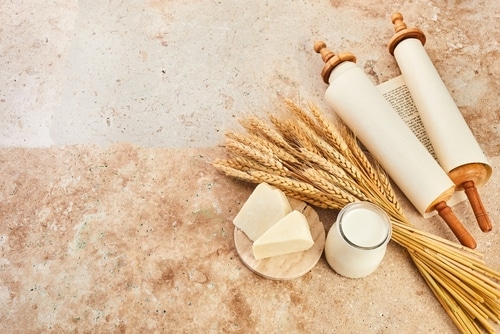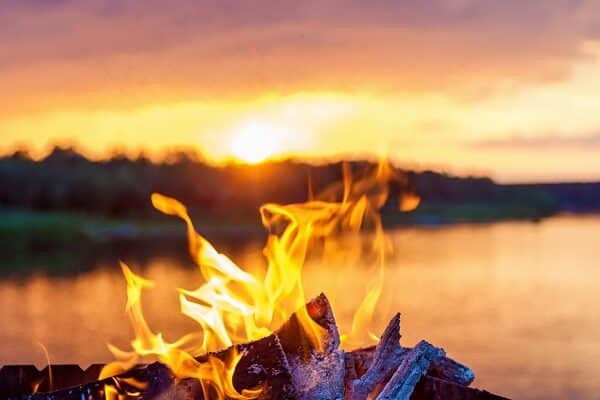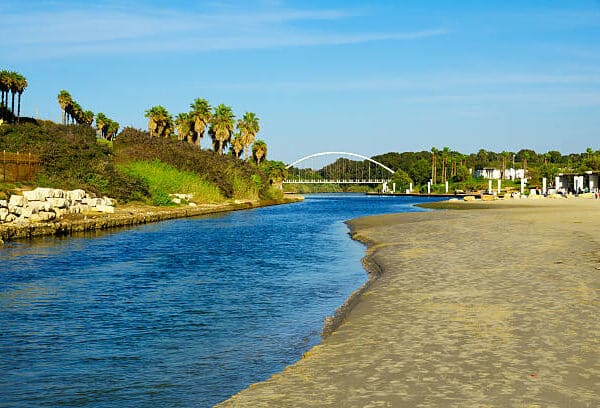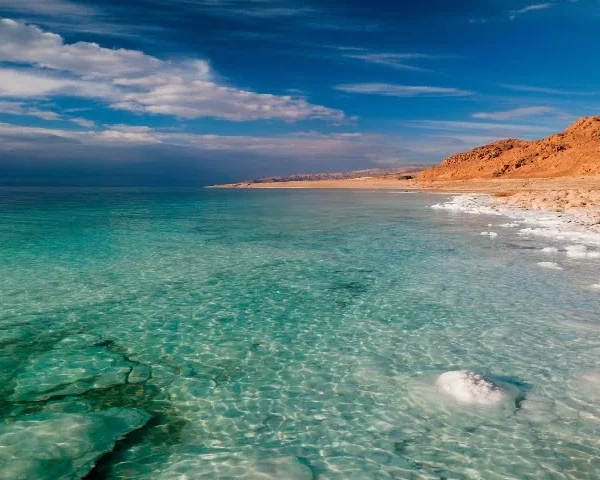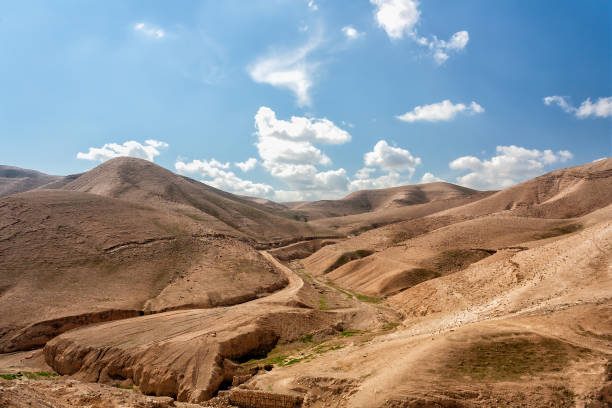
Judean Desert: A Must-Visit for Adventure Seekers and History Buffs
JUDEAN DESERT
Throughout history, the Judean Desert, also known as the Judean Wilderness, has captivated as one of the world’s smallest yet most unique desert regions. Passed through by most people as they descend from Jerusalem at around 800 meters above sea level, the Dead Sea, the lowest point on earth at 400 meters below sea level, it is a fascinating region to stop and explore, full of fun outdoor activities, as well as a rich history and fascinating geography and geology. Numerous wadis carve through the Judean Desert, shaping its rocky landscape.
HISTORY OF THE JUDEAN DESERT
Throughout history, the Judean Desert has been an important, and much documented place. It was the main entry route to the Holy City of Jerusalem from the east, and Moses famously looked out across it, and the Holy Land into which he never entered, from the Moab Mountains of Jordan which lie across the Dead Sea from Israel. The desert has also provided quiet and tranquility contrasting to the ever-political and tense situations which have existed in Jerusalem throughout the ages. Monks have formed some of the world’s most spectacular monasteries in the cliff-faces of the desert, such as the beautiful Monastery of St George, and the Mar Saba which remain active to this day, whilst the wealthiest and most notable members of society often sought out sanctuary in the desert, or at the Dead Sea.
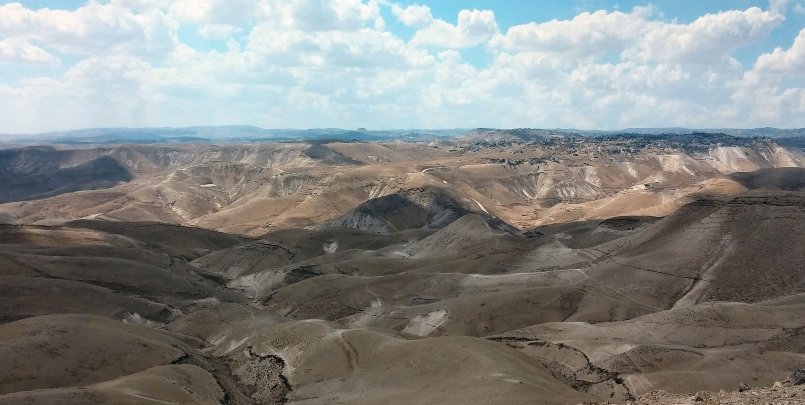
Leaving Jerusalem, the stark change in scenery as you enter the Judean Desert is impressive, changing from a green, mountainous, urban landscape to a yellow, rocky, desert scene almost instantly. Small but visible nomadic Bedouin communities graze animals on the Judean Desert’s hilltops, while a number of small towns and villages also dot the landscape. It is still largely unpopulated, however, meaning that it offers a wealth of outdoor and leisure pursuits, including off-road driving, biking, and hiking.
VISITING THE JUDEAN DESERT
The Judean Desert boasts an array of impressive historic sites, including:
- Hikers traditionally climb Masada, the ancient fortress beside the Dead Sea, at sunrise. However, you can now ascend it via cable car.
- The site at Qumran where the Dead Sea Scrolls, one of the most important archaeological finds in history, were discovered less than 100 years ago.
- Herodium, the impressive tomb built for King Herod, whose influence can be seen across Israel
- The monasteries of Mar Saba and St George
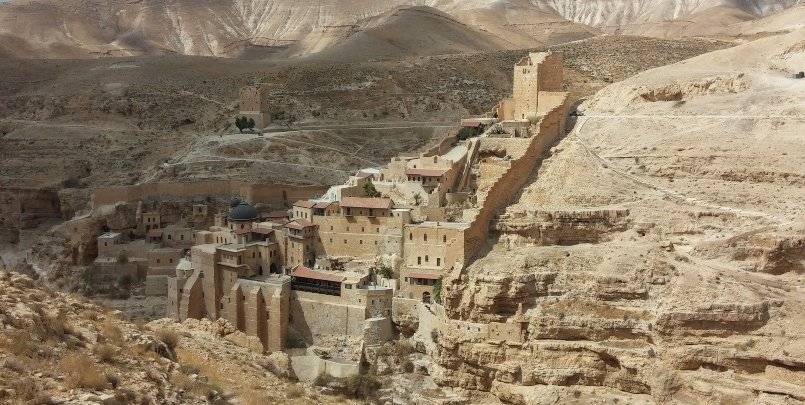
JUDEAN DESERT – NATURE RESERVES AND NATURAL WONDERS
The region is also home to a great number of nature reserves and sites of natural wonder.
- The beautiful Ein Gedi Nature Reserve which offers great hiking trails along the Ein Gedi stream which flows from the hillier regions of the desert and feeds the Dead Sea.
- Wadi Qelt which offers amazing hikes and some spectacular flora, fauna, and historic sites including the oldest synagogue in the world, and the Monastery of Saint George
- Ein Feshka is the world’s lowest nature reserve, brimming with natural life just meters from the water of the Dead Sea.
- Of course, the Dead Sea, the lowest place on Earth, which is not technically within the desert but sits right next to it, is a unique experience – float and immerse yourself in the mud. The Megillot Region which encompasses the northern section of the Dead Sea and area of Judean Desert is home to a number of great Dead Sea Beaches.
source: https://www.touristisrael.com/judean-desert/9790/
- Discover the Best Food in Israel: Dishes Worth Traveling For
- Shavuot Traditions and Dairy Foods: A Complete Guide
- What Is Lag BaOmer? Understanding the Jewish Festive Holiday
- Best Things to Do in Hadera Israel: Fun & Easy Trips
- Healing Wonders of Dead Sea Minerals: A Guide
- Visit Galilee, Israel: Discover the Sea of Galilee and Lake Kinneret


